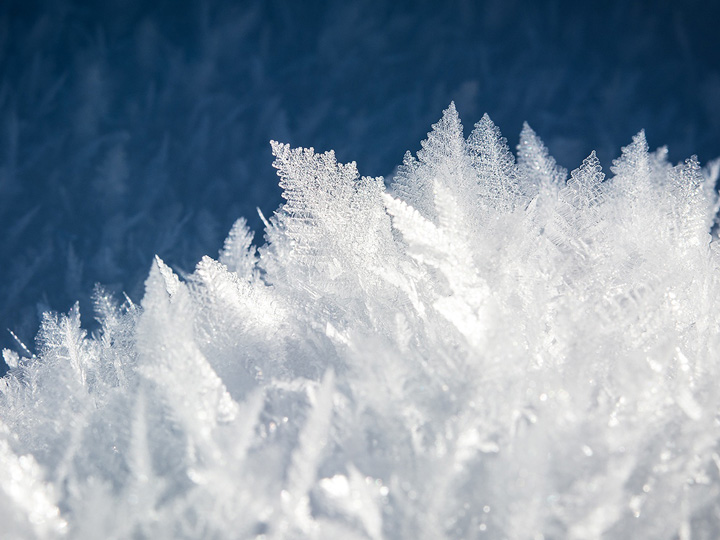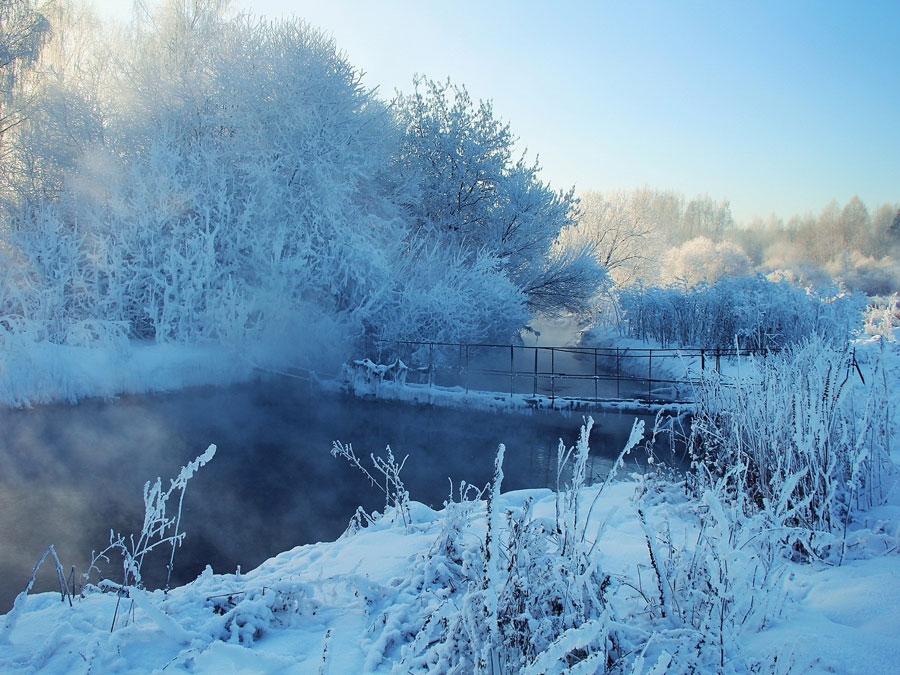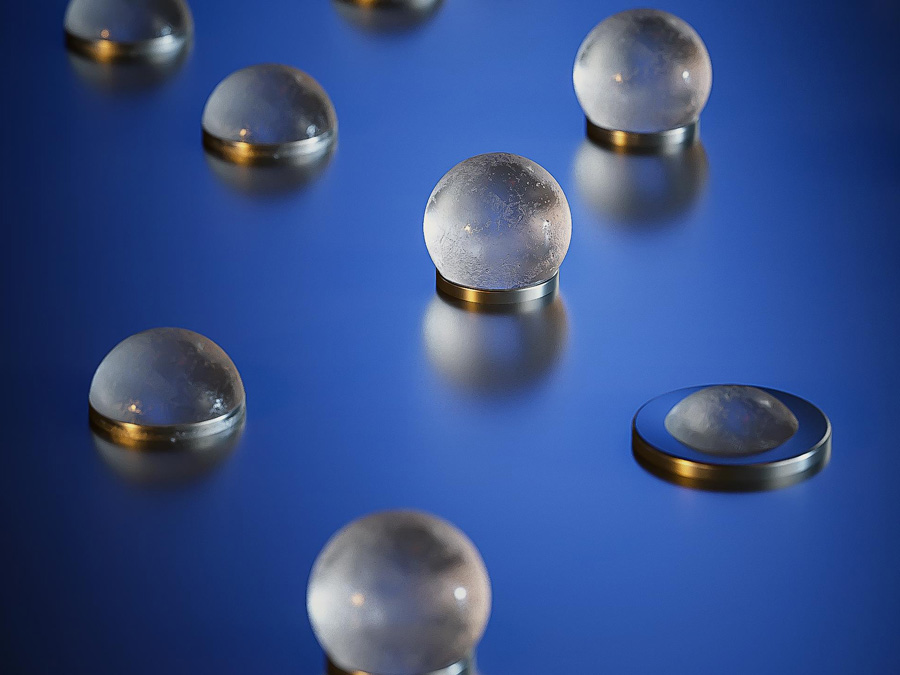As a naturally occurring crystalline inorganic solid with an ordered structure, ice is controlled by the formation of hydrogen bonds between adjacent oxygen and hydrogen atom and is typically formed at or below temperatures of 0 degrees Celsius.
Icing phenomena in natural environment
In-cloud icing
Ice crystals form in supercooled water droplets in clouds and types of ice formation within clouds include rain ice, soft frost and hard frost.
Precipitation icing
Types of precipitation icing are sleet (caused by freezing rain or drizzle) and wet snow.
The causes of freezing are as follows:
1. Freezing rain or drizzle, etc.
2. Accumulation of wet snow
Rime
Rime ice forms when supercooled water liquid droplets freeze onto surfaces, divided into soft rime and hard rime.
Soft rime
Soft rime is a white ice deposition that forms when the water droplets in light freezing fog or mist freeze to the outer surfaces of objects, with calm or light wind. The fog freezes usually to the windward side of tree branches, wires, or any other solid objects.
Soft rime formations have the appearance of white ice needles and scales; they are fragile and can be easily shaken off objects. Factors that favor soft rime are small drop size, the slow accretion of liquid water, high degree of supercooling, and fast dissipation of latent heat of fusion. The opposite conditions favor ice with higher densities, such as hard rime or clear ice.
Hard rime
Hard rime is a white ice that forms when the water droplets in fog freeze to the outer surfaces of objects. It is often seen on trees atop mountains and ridges in winter, when low-hanging clouds cause freezing fog. This fog freezes to the windward (wind-facing) side of tree branches, buildings, or any other solid objects, usually with high wind velocities and air temperatures between −2 and −8 °C (28 and 18 °F).
Glaze
Glaze ice is similar in appearance to clear ice but it is the result of a completely different process, occurring during freezing rain or drizzle.
Is temperature the main factor for ice formation?
More than a hundred years ago, American physical chemist Gibbs proposed the classical nucleation theory that believes phase transitions such as water freezing require a nucleation process. Specifically: nanoscale ice nuclei of different sizes can be formed accidentally in supercooled water (liquid water below 0 °C). However, not all ice nuclei can become macroscopic ice crystals. Only when the size of the formed ice nuclei exceeds a critical size, that is, when a critical ice nuclei is formed, water will start to freeze.
Therefore, the formation of ice can be divided into two processes: formation of ice nucleation and growth. Among them, the generation of ice nucleation is not only the beginning of ice formation, but also determines the speed of ice formation.
That is to say, in the different ice-forming activities of ice nuclei, the ice nuclei with higher activity can form ice crystals under the condition of not too low temperature and the ice nuclei with lower activity can only play the role of ice nuclei under the condition of lower temperature.






